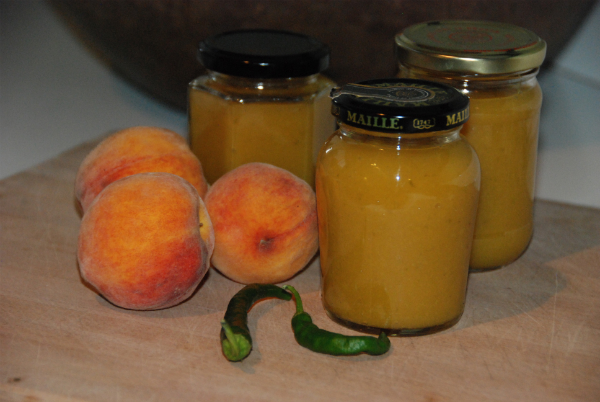Beet Root and Cabbage Kraut
/Ingredients1 medium cabbage 2 medium beets, peeled and grated 3 1/2 teaspoons fine-ground sea salt 1-2 cloves garlic, peeled and finely chopped (optional) 1-2 teaspoons Caraway seeds (optional) Extra salt and water as needed for brine 1/4 cup whey (optional – It should be fine without this too)
Method 1. Finely chop the cabbage. As your chopping board fills up with cabbage, toss it into a large bowl (or pot). Add the grated beets on top. Sprinkle over the salt, garlic and carraway seeds. 2. Wash your hands, roll up your sleeves and start scrunching the cabbage with your hands! As you go, mix everything together really well so that the salt, cabbage and grated beets are mixed together. Do this for about 5-10 minutes. If you tilt the bowl and move the cabbage out of the way, you should start to see juice collecting in the bottom of the bowl. 3. When everything has been mixed and scrunched really well, and you have juice collecting in the bottom of your bowl, you’re ready to transfer the contents to the jar that it will ferment in.
Note: It’s important to use a glass jar as opposed to a plastic or metallic container because the glass is non-reactive and won’t interfere with the fermentation process. Also, make sure you have a way of weighing down the contents while they’re fermenting. 4. Pack the contents into a jar tightly to remove as many air pockets as possible. If the juice does not cover the vegetables, make a brine (1 cup of brine = 1 teaspoon sea salt dissolved in 1 cup filtered water) and add enough to cover the vegetables. Throughout the fermentation process, the vegetables will release more liquid too. 5. Add a glass (or you could use a glass jar) to weigh down the vegetables, which causes the level of the brine to cover the vegetables and keeps them all below the liquid. 6. Cover it and put it in away in a cupboard that is cool with an even temperature for a week. 7. Remove from the pantry after a week. It should have a nice crisp, tangy smell to it. The flavours will marry and mature over time - becoming less salty and more tangy with the sweetness of the beetroot shining through.




















